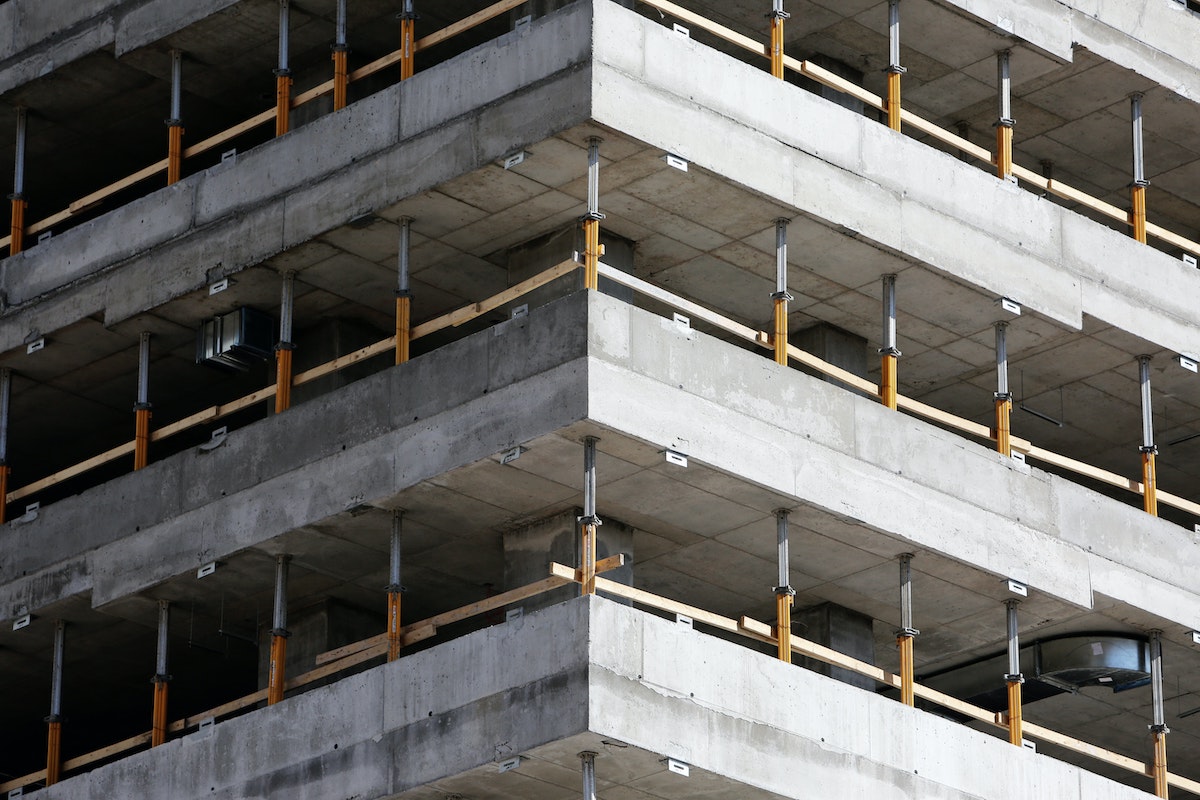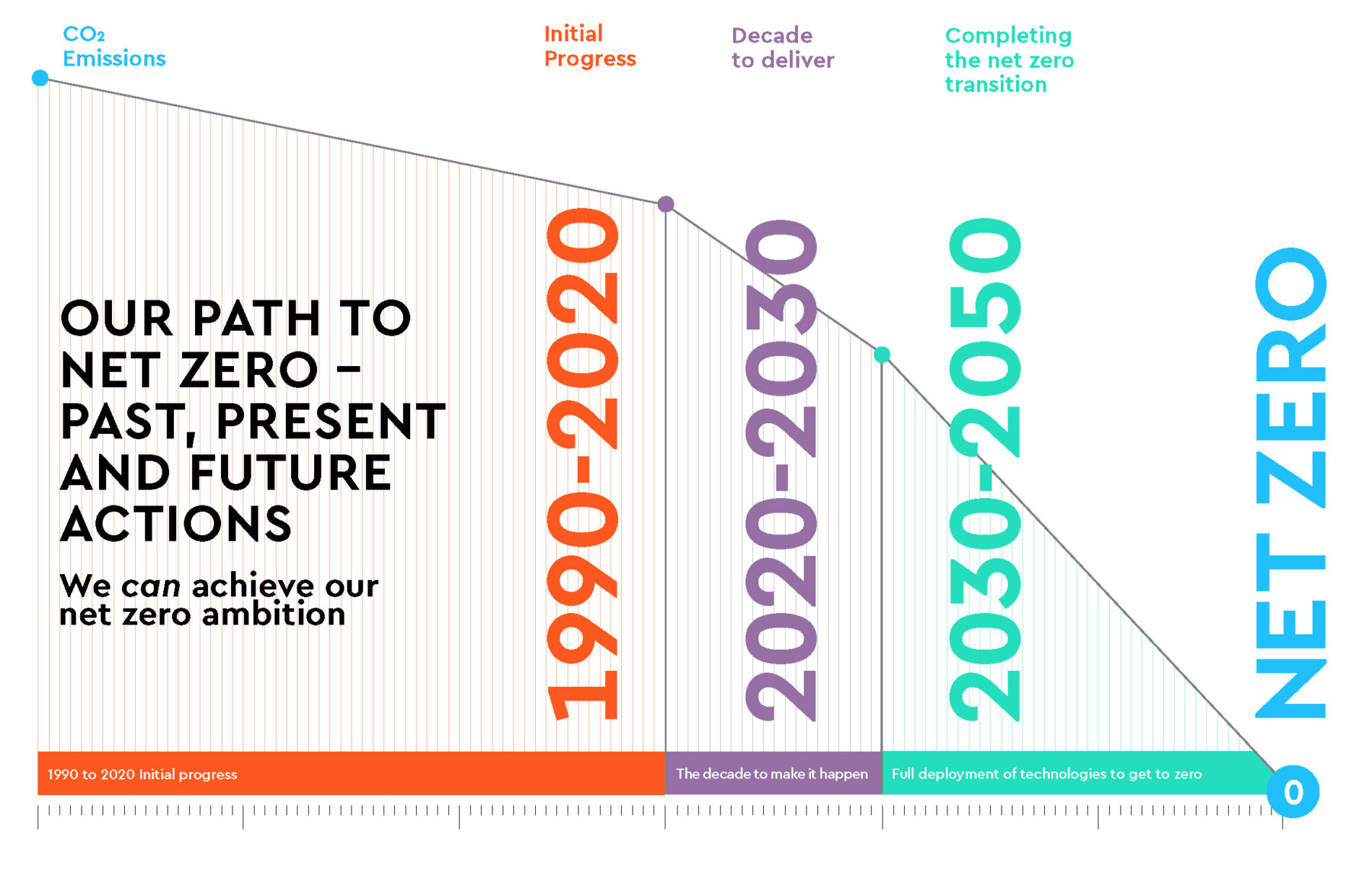Teamwork key to achieving net-zero carbon cement industry
Government and the construction industry are beginning to join forces to decarbonize cement.

Key Takeaways:
- Collaboration between government and industry will be key to hitting targets.
- Huge progress can be made right now without waiting for future technological advancements.
- An action plan is expected to be released in the coming months.
The Whole Story:
The most-used construction material on the planet is on a mission to decarbonize and Canada wants to do its part.
This fall the Cement Association of Canada took its first major step after years of coordination and planning with the federal government and industry stakeholders by releasing the Roadmap to Net-Zero Carbon Concrete by 2050.
The document provides guidance on the technologies, tools and policies needed for the Canadian cement industry to achieve net-zero carbon emissions while ensuring it remains competitive in a global net zero economy.
It can’t be done alone
The roadmap was spearheaded by a joint government-industry working group, co-led by the Cement Association of Canada and Innovation, Science and Economic Development Canada. The working group includes key players from the federal government, the Canadian cement and concrete industry, and relevant environmental experts.
The team effort was indicative of what will be needed in the coming decades to achieve the net-zero goal.
“One of the common themes of the roadmap and really any part of our journey is it’s something we can’t do alone,” said Adam Auer, president and CEO of the Cement Association of Canada. “There’s no possibility to achieve this without the collaboration of government and different folks in the construction value chain and ultimately technology providers.”
He noted that the industry has been working on decarbonization since the 1990s and that Canada’s effort is just one piece of an entire global effort. Last year, dozens of members of the Global Cement and Concrete Association announced their roadmap to achieve net-zero emissions by 2050.
According to the Canadian roadmap, decarbonization pathways for the cement industry include low carbon fuels, performance-based codes, standards and procurement policies, material efficiency, and carbon capture (CCUS). With approximately 60 percent of cement emissions resulting from industrial processes in the manufacturing of clinker (the key ingredient in cement), clean technologies like CCUS are needed for the industry to meet net-zero emissions.
Government key to early work
Auer noted that while the decades-long effort will involve many different stakeholders, much of the early work lies with the government.
“Things are starting to change with progressive developers but all three levels of government in Canada purchase about 40 per cent of the concrete the country uses. They have an opportunity to be a market maker for innovation and it’s a big focus of our work,” said Auer.
The association believes the government and its various agencies could help incentivize and streamline innovation.
The association is currently working with François-Philippe Champagne, minister of innovation, to foster innovation through procurement, derisk low-carbon ideas and find the pinch points that are hindering decarbonization.

A good example of this was the Department of Finance’s Fall Economic Statement which helped close the gap with the Inflation Reduction Act thereby ensuring Canada remains a first choice for the trillions in private capital waiting to be invested in clean technologies around the world. The association believes the financial incentives and tools put forward in the FES will help Canada’s industrial sectors thrive in a competitive global green economy.
Auer noted that the collaborative attitude from government and industry bodes well for the net-zero goal.
“It’s very encouraging. This has been a bit of a missing ingredient up till now. I think a lot of folks in the construction sector are starting to look at the challenge and opportunity of embracing an industrial decarbonization agenda for concrete,” said Auer. “Some fantastic people are coming to the table to learn about how we can do this. It’s extremely encouraging and i think the industry as a whole finds it encouraging. That collaborative spirit is something we’ve been trying to foster for many years.”
But it’s not going to be easy. Auer explained that going forward, ambition and momentum need to be maintained among the many different groups.
“The challenge is there are a lot of moving pieces,” he said. “There are lots of players even within the government. There is no single government department with all the tools to unlock decarbonization.”
These departments include the National Research Council, Standards Council, Environment and Climate Change Canada, Natural Resources Canada, Treasury Board of Canada Secretariat and many others.
“There’s a huge number of institutions that have their own structures that have to coalesce around this agenda. That’s a hard thing to do. Government is a largue bureaucracy and there is a lot if siloing that needs to be broken down.”
There is no silver bullet to save us
Auer explained that instead of a silver bullet, it will take a load of buckshot to achieve decarbonization goals. CCUS gets a lot of buzz and with 60 per cent of concrete emissions coming from how it’s manufactured, Auer said reaching net-zero simply cannot be done without it. There’s even a large-scale carbon capture project underway in Edmonton that could make it the world’s first carbon neutral concrete plant.
But Auer says that while these advances are exciting, there is no reason to wait. The industry can get 60 per cent of the way to net zero without CCUS. This includes using greener fuels to heat kilns, extracting value from waste products, optimizing mixes and designing infrastructure with only the amount of concrete necessary.
“If you want to hit targets you have to take advantage of stuff we can do immediately: optimizing existing technology and being more efficient in how we design infrastructure,” said Auer.
The next step will be completing an action plan for the net-zero goal, which Auer said is expected in the coming months. The plan will include significant milestones, including cutting carbon emissions up to 40 per cent by 2030.
“Canada could be a leader in this space,” said Auer. “The trick will be making moves that are matching the ambition of similar efforts in the U.S. and other jurisdiction. Cement producers are all multi-national and competing for internal capital as well. We want to make sure Canada is the most attractive region for our companies to invest in.”
*Editor’s Note: The cement industry’s journey towards net zero was recently featured in our newsletter.

